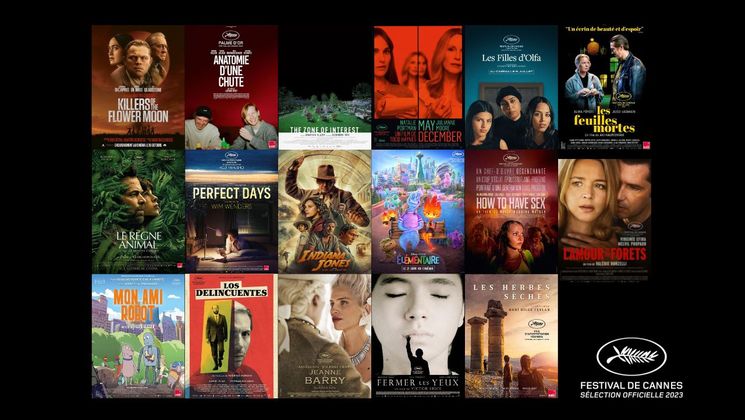
2001: A Space Odyssey: the backstage technology of a return to the big screen

Ned Price spent four months supervising the photochemical film recreation of 2001: A Space Odyssey, the film by Stanley Kubrick to be screened on Sunday 13th May in the same conditions experienced by the audience when the feature film was first released in 1968. The head of film conservation at Warner Bros looks back at the painstaking work carried out on the original negatives.
When and how did the idea to print a remastered 70 mm copy of 2001 come about?
In the autumn of 2017, Chris was working on the 4K UHD home video re-masters of his film library, I was also working on the 4K UHD scans of 2001: A Space Odyssey in the same lab. I asked Chris if he would like to see a reel of print we had made in 1999 as part of a preservation project for the feature. After viewing the print reel, Chris approached WB to suggest creating new 70mm prints and recreating the original 1968 roadshow experience for the upcoming 50th Anniversary. We would always complete preservation work from the most original and highest resolution element, which is why we started our work from the original camera negative.
Which aspects did you focus on during the remastering of the copy?
The original camera negative and soundtrack are held at the Warner Bros archive located at the studio in Burbank. The camera negative is in good condition for its age. There is some slight colour fading, which fortunately we can correct for in printing. The negative has shrunken slightly as it has lost moisture though the normal aging process. The shrinkage has caused the negative to warp slightly and cup in the centre. The negative is handled with great care as the shrinkage will also cause the film splices to come apart. The negative has been torn in four places. We decided to leave the torn frames intact and visible in the 70mm prints rather than insert a film dupe or digitally repaired section which would be of inferior quality to the original damaged section of negative. The original 35mm magnetic soundtrack contained vinegar syndrome and had warped past the point of being playable, so we sourced audio from a 35mm protection element made in the 1980s. The 70mm print is being exhibited with the original 6-channel 1968 soundtrack. There are 5-speakers behind the screen and a mono surround channel. The original stereo sound design and imagery is unaltered, no digital filtering or fixes have been made to the soundtrack. The 6-channel sound will play from DTS disc.
In 1968, the screening was divided in two parts, with a 15-minute break: why? Was it an artistic wish from Stanley Kubrick and, if so, why did he decide to include this?
An intermission break was typical in the era for a film of this length. I don’t know Kubrick’s thinking behind including an intermission, but I think it happens at an interesting point for the viewer so they can reflect and approach the film from a different perspective.
How many people worked on the remastering and how long did this work last?
The preservation work in 1999 took approximately 6 months and the creation of the 65mm Internegative and 70mm prints took approximately 4 months. The combined projects involved a staff of over 50 people.
Did you have to hire special technicians and/or buy machines from that era to perform your work, knowing that digital is now used everywhere?
We were fortunate to work with FotoKem Laboratories to create the new 70mm film elements. FotoKem continues to print and process 70mm film and has an amazing staff of talented people, including Vince Roth who prepared the negative for printing, Kristen Zimmermann who graded the feature and Andrew Oran who headed up production.
Why did you decide not to restore the image?
I believe the term “restoration” is misused, as people revise the look and sometimes content rather than returning the film to its original look and condition. The term “unrestored” is controversial, but it conveys the sense that you are seeing something pure and unaltered.
Do you remember the first time you saw 2001?
This film has followed me throughout my life and has acted as a mile marker. I skipped school in 1972 aged 12 so I could see a 70mm print in a Cinerama theatre, and it scared me to death and convinced me that I had to work in film. In 1998 I sat in a film lab working on colour timing from the original camera negative. In 2018 I viewed the new 70mm print which will premiere at Cannes. I think this film changes each time I see it as I bring my new life experiences to it. This time I felt a bit like Dave in the French provincial room in the last reel, turning and seeing himself as an older man which was very satisfying.


